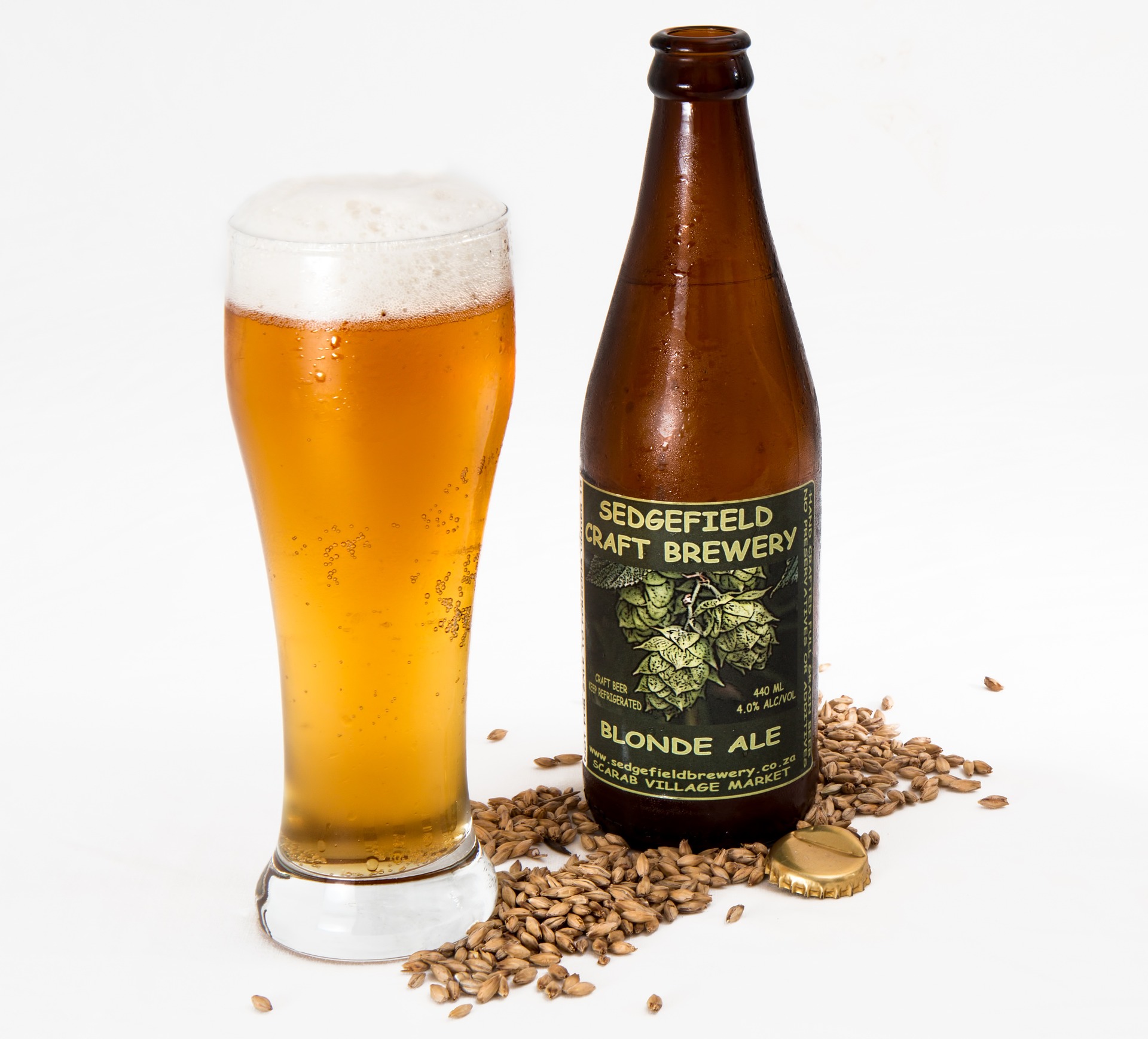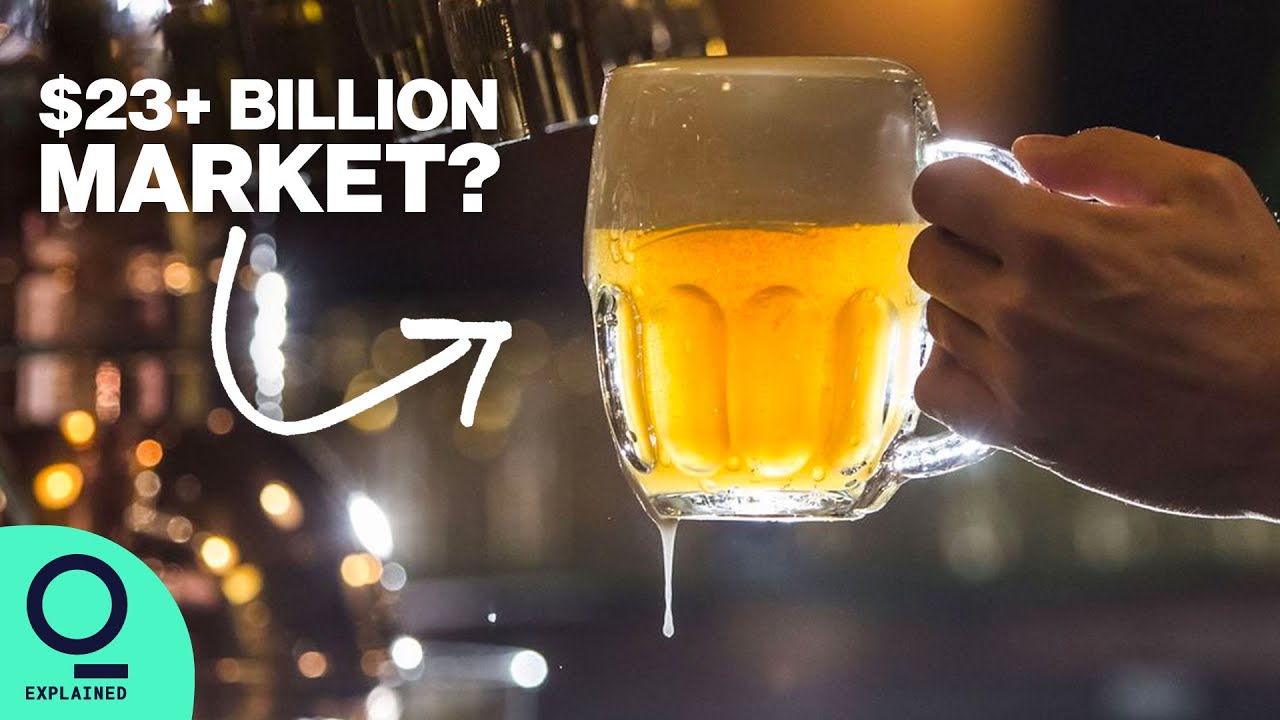Exploring The Benefits And Challenges Of Dealcoholization Of Beer
Biological or separation methods are often used to achieve the dealcoholization of beer. The generation of ethanol is limited using the biological method of controlling fermentation. In the process of separating, membranes may be used to separate out the alcohol in a selective way.
Author:Suleman ShahReviewer:Han JuJan 26, 20234 Shares532 Views

Biological or separation methods are often used to achieve the dealcoholization of beer. The generation of ethanol is limited using the biological method of controlling fermentation. In the process of separating, membranes may be used to separate out the alcohol in a selective way.
Flavourtech's Spinning Cone Column Beer Dealcoholization technologyhas been used by brewers for quite some time to enhance the flavor of alcohol-free and low-alcohol beer. When compared to conventional extraction methods, this one is rather mild and allows for the more natural collection of aromas and flavors.

The Rise of Non-Alcoholic Beer
Dealcoholization Of Beer Process
Distillation
Distillation has historically been used to remove alcohol from beer. Parts of a combined stream are separated based on their boiling points via this physical process. It's possible for a liquid combination to contain components with varying boiling points. Certain components are separated and concentrated when the temperature rises during boiling.
Alcohol evaporates more faster than water does at high temperatures. After the vapors are cooled, a significant concentration of alcohol is produced. The liquid left behind after this process is what's used to make the non-alcoholic beer.
Distillation relies on the beer being boiled in order to extract the ethanol. There are a few drawbacks to this. This is because, first, a longer residence time at boiling temperature (in contrast to the short stripping residence time) allows for more effective distillation and phase separation. In addition, there is a bitter, scorched aftertaste.
Stripping
Stripping is a gentle, single-pass technique that removes ethanol from a liquid stream utilizing a gas stream in counter-current flow based on mass balance; this needs less than a minute of residence time.
Because stripping always happens in equilibrium, it is an incredibly efficient approach to remove alcohol at low temperature and pressure. Never does it become too hot to induce boiling (distillation, undesirable) or too cold to cause flooding or dilution (also not desired). Process soft water (10 DH) vapor stream flow under ideal circumstances allows for extremely successful separation without the need for boiling.
This eliminates the requirement for recirculating the beer in order to meet final dealcoholization standards.
Membrane Filtrations
High-quality low or non-alcoholic beers may be produced using reverse osmosis spiral membranes in a sterile environment at temperatures of 10–20°C (50–68°F), without altering the beer's flavor.
Using membranes, the feed beer is split in two. Water and alcohol make up the permeate stream, which moves through the membranes. The concentrated protein, color, and flavor molecules in the retentate stream do not ferment, thus it may be redirected into the beer tank. Beer may be made non-alcoholic by employing membrane techniques, and here is how it works.
Spinning Cone Column Technology For Dealcoholization
The Spinning Cone Column (SCC) is a steam stripping column that is both adaptable and efficient. Non-alcoholic beer (NAB) and low-alcohol beer (LAB) manufacturing is one of the numerous commercial uses for this innovative technology (LAB). The disadvantages of using conventional methods to produce NAB or LAB include:
- Low-grade output caused by intense heat during production.
- Having to deal with a lot of waste water or a lot of electricity
- In certain circumstances, this might make the manufacturing process more difficult than it needs to be since degassing and potentially further filtering are needed.
- The SCC, on the other hand, has some significant advantages over traditional brewing methods when it comes to processing beer.
- Continuous, single-pass, and damage-free reduction of full-strength beverages' alcohol level to below 0.05 percent ABV.
- Utility use is drastically reduced compared to other available technologies.
- Because there is no external reflux, the product is not exposed to excessive heat for an extended period of time.
- During de-alcoholization, the beer stream is not concentrated (hence no make-up water required and a better quality)
- Processing unfiltered beer allows for increased output by skipping the filtering stage. Additionally, de-gassing the feed beer before de-alcoholization is unnecessary.
- Beer scent may be recovered from ethanol condensation, as an option.
- Produces both NAB and LAB; it's a multi-use facility.
- A pure steam generator is used to create stripping steam.
- It results in a spirit of exceptional purity and potency.
- Clean-In-Place (CIP) capabilities provide a sanitary layout.
- The absence of any effluent issues
- It is currently common practice for brewers all over the globe to install the SCC in order to produce high-end NAB and LAB beverages.
The SCC is a mass transfer device in the same family as packed columns, plate columns, and bubble-cap columns; it is a distillation or stripping column that is particularly effective due to the direction of its liquid-gas contact. The SCC is innovative because it employs low-force mechanical means to improve contact between phases.
This facilitates the speedy, efficient, and low-cost isolation of volatile chemicals like fragrance and alcohol from a thin-film liquid system. The SCC can handle both clear liquids and thick, viscous slurries with high concentrations of suspended particles with equal ease, and without compromising the recovered taste or the treated product in any way.
Key Drivers For Dealcoholization Of Beer Growth
In Western Europe, sales of non-alcoholic beer have increased by over 18% over the previous five years, according to Euromonitor. Forecasts indicate that sales will increase by an additional 12% by the end of 2022.
This tendency is seen not just in Europe, but also in the Middle East, Africa, and Asia-Pacific. Saudi Arabia, Nigeria, Spain, the United Arab Emirates, and Kenya are the leading markets for non-alcoholic beer.
In case you know someone who doesn't drink beer or alcoholic beverages, alcohol-free beer is a terrific option. Breweries may tap into a burgeoning market and find new ways to make money.
Beer drinkers who want to reap the advantages of beer without the alcohol may do so by switching to non-alcoholic beer, which has many of the same qualities as beer but contains no alcohol.
Thanks to scientific progress, alcohol-free beer with all the flavor of the real thing is now available. With the correct innovation, the quality and flavor of alcohol-free beer has increased significantly.
Beers with little to no alcohol content are becoming more popular across the globe, therefore this trend is likely to continue. Many large breweries are spending significant resources developing and promoting alcohol-free beers.
People Also Ask
Is It Possible To Remove Alcohol From Beer?
Yes, beer is often heated to remove alcohol since it is the most practical way. Heating the fermented beer until the necessary quantity of alcohol remains is possible due to alcohol's lower boiling point than water; nevertheless, this technique may sometimes affect a beer's flavor.
What Are The Two Most Common Methods Of Removing Alcohol From Beer?
Brewers often extract alcohol from beer by boiling it out or using filtering processes like reverse osmosis, although vacuum distillation and other unconventional techniques are also viable options.
What Is SCC Beer Dealcoholization?
Flavourtech's SCC Beer Dealcoholization technology has been used by brewers for quite some time to enhance the flavor of alcohol-free and low-alcohol beer. When compared to conventional extraction methods, this one is rather mild and allows for the more natural collection of aromas and flavors.
Final Words
Beers with little or no alcohol content are becoming more popular in beverage markets across the globe. There is room for expansion in the dealcoholization of beer industry, which currently accounts for less than one percent of the total beer market in certain countries but more than five percent in others.

Suleman Shah
Author
Suleman Shah is a researcher and freelance writer. As a researcher, he has worked with MNS University of Agriculture, Multan (Pakistan) and Texas A & M University (USA). He regularly writes science articles and blogs for science news website immersse.com and open access publishers OA Publishing London and Scientific Times. He loves to keep himself updated on scientific developments and convert these developments into everyday language to update the readers about the developments in the scientific era. His primary research focus is Plant sciences, and he contributed to this field by publishing his research in scientific journals and presenting his work at many Conferences.
Shah graduated from the University of Agriculture Faisalabad (Pakistan) and started his professional carrier with Jaffer Agro Services and later with the Agriculture Department of the Government of Pakistan. His research interest compelled and attracted him to proceed with his carrier in Plant sciences research. So, he started his Ph.D. in Soil Science at MNS University of Agriculture Multan (Pakistan). Later, he started working as a visiting scholar with Texas A&M University (USA).
Shah’s experience with big Open Excess publishers like Springers, Frontiers, MDPI, etc., testified to his belief in Open Access as a barrier-removing mechanism between researchers and the readers of their research. Shah believes that Open Access is revolutionizing the publication process and benefitting research in all fields.

Han Ju
Reviewer
Hello! I'm Han Ju, the heart behind World Wide Journals. My life is a unique tapestry woven from the threads of news, spirituality, and science, enriched by melodies from my guitar. Raised amidst tales of the ancient and the arcane, I developed a keen eye for the stories that truly matter. Through my work, I seek to bridge the seen with the unseen, marrying the rigor of science with the depth of spirituality.
Each article at World Wide Journals is a piece of this ongoing quest, blending analysis with personal reflection. Whether exploring quantum frontiers or strumming chords under the stars, my aim is to inspire and provoke thought, inviting you into a world where every discovery is a note in the grand symphony of existence.
Welcome aboard this journey of insight and exploration, where curiosity leads and music guides.
Latest Articles
Popular Articles